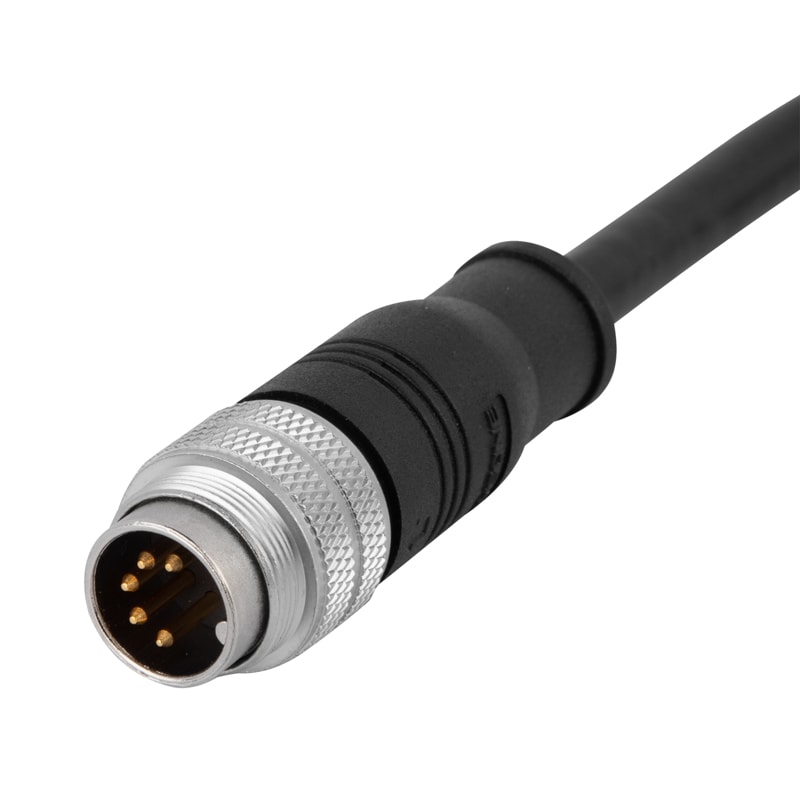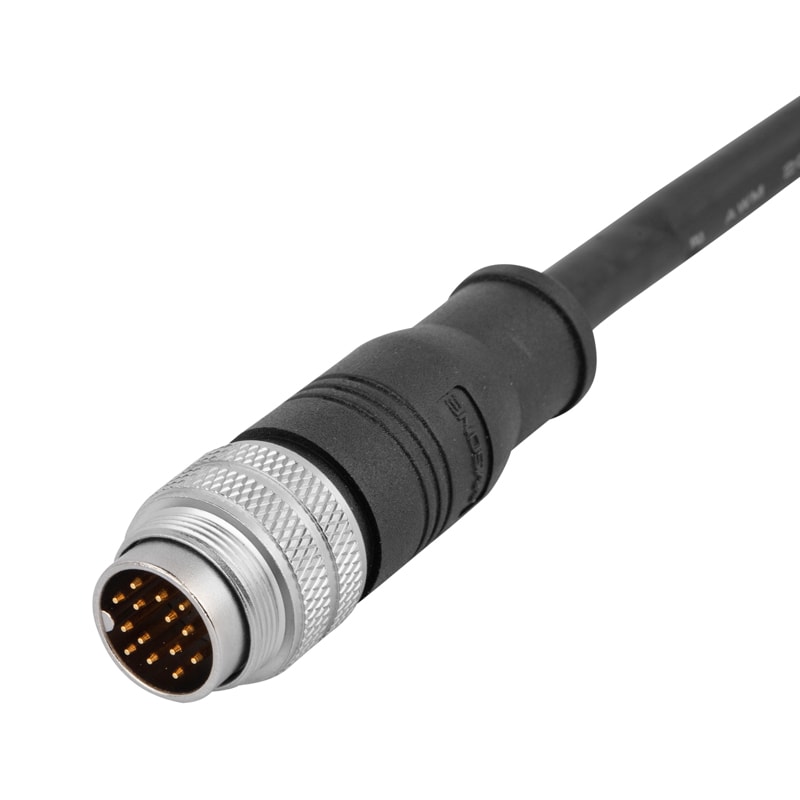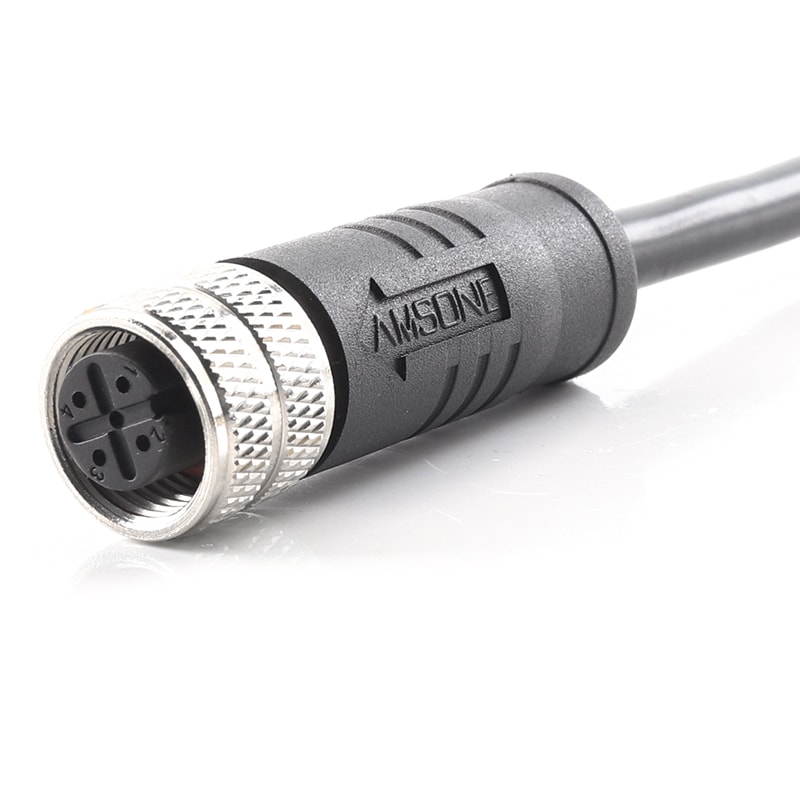The Essential Guide to Cable Insulation: Understanding Its Role in Networking
Views: 3539
Author: Site Editor
Publish Time: 2024-11-13
Origin: Site
Cable insulation is a fundamental aspect of modern networking systems, particularly in Ethernet cables. This guide will delve into the purpose of cable insulation, its materials, and how it differs from cable jackets, while also exploring why understanding this topic is crucial for anyone involved in networking technologies.
What Is Cable Insulation?
Cable insulation refers to the protective material surrounding the conductors within a cable. Its primary function is to provide electrical isolation, ensuring that the conductors do not come into contact with each other. This separation is vital for preventing short circuits, which can lead to signal loss or equipment failure.
In networking applications, particularly for Ethernet cables like Cat5e and Cat6, insulation serves additional purposes:
Maintaining Signal Integrity: Insulation minimizes crosstalk and reduces electromagnetic interference (EMI). This ensures that the data transmitted through the cable is stable and reliable, critical for maintaining the performance of networking systems.
Providing Safety: Insulation acts as a barrier against electrical shocks, protecting users and equipment from potentially hazardous situations. In high-power environments, effective insulation can significantly reduce the risk of fires or electrical accidents.

Common Insulation Materials
Ethernet cables commonly utilize materials such as PVC (Polyvinyl Chloride) and PE (Polyethylene). Each material offers unique properties that cater to different applications:
PVC: Widely used due to its flexibility and cost-effectiveness, PVC is ideal for residential and general-purpose applications. However, it has a lower temperature tolerance, which can be a drawback in certain environments.
PE: Known for its durability and low dielectric constant, PE is often used in outdoor and underground cabling. It provides excellent water resistance but is less flexible than PVC.
FEP and PTFE: These fluoropolymer materials are favored in high-frequency applications due to their exceptional electrical properties and high-temperature resistance. However, their cost can be a limiting factor.
Understanding the characteristics of these materials is essential for selecting the right type of cable for your specific needs.

Cable Insulation vs. Cable Jacket
It is important to differentiate between cable insulation and the outer cable jacket. While both are critical to the performance of a cable, they serve distinct purposes:
Cable Insulation: This layer surrounds the individual conductors and is primarily responsible for electrical isolation and interference reduction.
Cable Jacket: The outer layer encasing all insulated conductors, the jacket provides physical protection from environmental factors, such as moisture and abrasion. Unlike insulation, jackets are often designed with flame retardant properties to enhance safety.
| Aspect | Cable Insulation | Cable Jacket |
|---|
| Location | Surrounds individual conductors | Outermost layer protecting all conductors |
| Primary Function | Electrical isolation, interference reduction | Physical protection, environmental resistance |
| Common Materials | PVC, PE, FEP, PTFE, etc. | PVC, PE, TPE, LSZH, etc. |
Conclusion
In summary, cable insulation is a vital component in ensuring the functionality, safety, and efficiency of networking cables. By understanding the materials used and the differences between insulation and jackets, one can appreciate the complexities that underpin modern networking technologies.
For businesses and individuals looking to invest in high-quality networking solutions, Amissiontech offers a range of products that prioritize performance and safety. Whether you need cables for residential, commercial, or industrial applications, our team is ready to assist you in making the right choice for your networking needs.
Contact Amissiontech today to learn more about our innovative cable solutions!

 EN
EN DE
DE JP
JP ES
ES SE
SE FR
FR IT
IT CN
CN 한국어
한국어 ภาษาไทย
ภาษาไทย بالعربية
بالعربية Nederlands
Nederlands Türkçe
Türkçe Język polski
Język polski Tiếng Việt
Tiếng Việt Zulu
Zulu Bahasa Malay
Bahasa Malay



